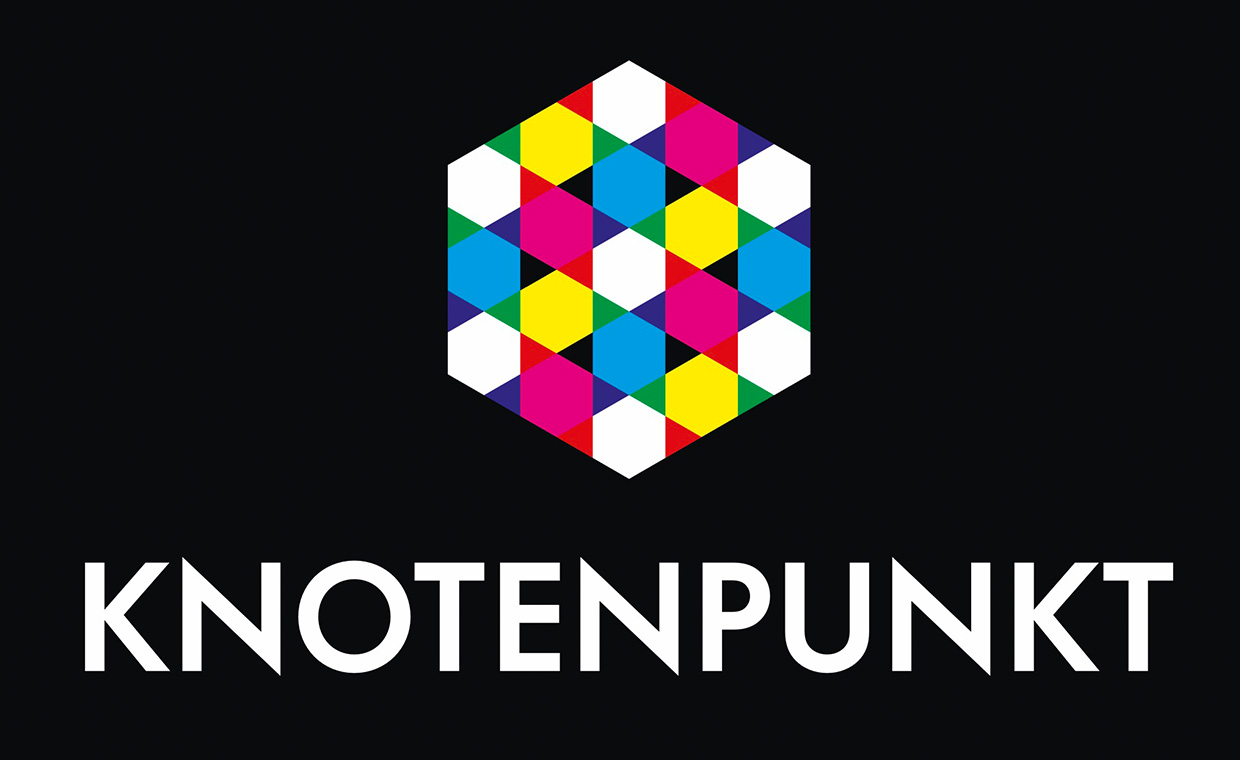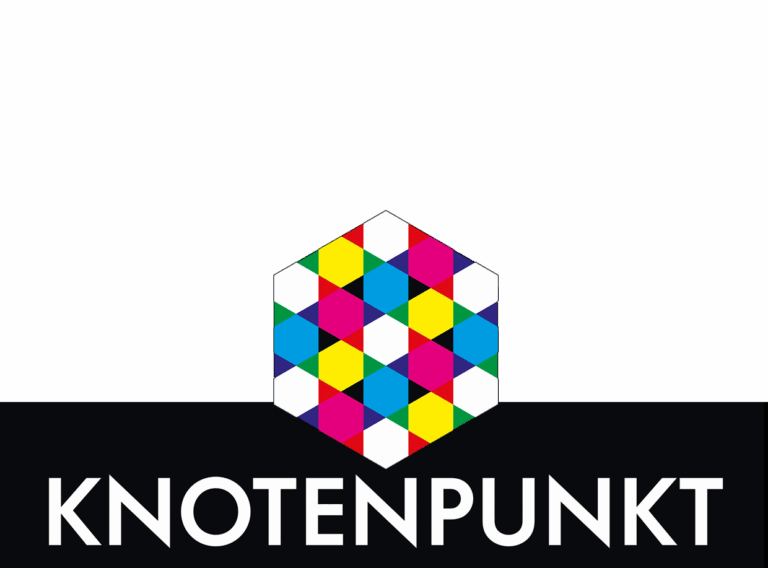Sebastian Kuban hat an der Hochschule für angewandte Wissenschaften in Hamburg studiert und lebt und arbeitet heute als freischaffender Maler in Konstanz am Bodensee. Er entwickelt seine Bilder im Skizzenprozess aus verschiedenen Fragmenten. Daraus entstehen dann Konglomerate aus Zeitgeist und Zeitgeschehen, Subkultur, Mode, Videogames und Popkultur im Allgemeinen.
Formal betrachtet, mit einer auf den ersten Blick vielleicht ungelenk oder gar naiv erscheinenden Malweise, erinnern die Bilder von Sebastian Kuban an Kunstwerke der Art brut. Der vom französischen Künstler Jean Dubuffet geprägte Begriff beschreibt eine im Rohzustand befindliche, intuitive Kunst von meist autodidaktischen Kunstschaffenden abseits der Akademien, die sich jenseits der Diskurse bestimmter Kunstströmungen bewegt. Ganz so intuitiv, wie der Begriff der Art brut das vorsieht, geht Sebastian Kuban jedoch nicht vor - seine Bilder sind kalkulierter als sie zunächst erscheinen und spielen mit ihrer vermeintlichen Leichtigkeit ein doppeltes Spiel.
Im Kunstmagazin Art wurde vor Kurzem eine ‚zeitgenössische Renaissance der naiven Malerei‘ konstatiert, und dass junge Kunstschaffende wie auch Sebastian Kuban vermehrt ihren kulturellen Hintergrund als Inspirationsquelle und Sujet benutzen. Popkultur und zeitgenössische Kulturphänomene spiegeln dabei in satten und knalligen Farben das digitale Zeitalter wider, das Anthropozän und uns Menschen des Spätkapitalismus mit all ihren Facetten und ihrer Absurdität.
Derart gesellschaftskritische Tendenzen sind der Kunstgeschichte nicht unbekannt. In den frühen 80er-Jahren fertigten in Deutschland die sogenannten Neuen Wilden neoexpressionistische, heftige und kräftige Bilder, die den minimalistischen, rationalen und intellektuellen Strömungen der avantgardistischen Moderne den Rücken kehren sollten. In Frankreich und Italien gab es verwandte Tendenzen. Es wurde zunehmend wieder figurativ gemalt.
Subkulturelle Bildelemente und Alltagskultur wurden mit tradierter Ikonografie zu ironischen, gesellschaftskritischen oder politischen Bildern verwoben. Eines der berühmtesten Beispiele aus Amerika aus den 80er-Jahren ist Jean-Michel Basquiat, der als erster afroamerikanischer Künstler die zeitgenössische weisse Kunstszene mit seinem unkonventionellen Stil aufmischte und in seinen Bildern Subkultur, Hiphop, Rassismus und andere zeitgenössisch relevanten Themen integrierte.
Die Bilder von Sebastian Kuban funktionieren ganz ähnlich. Es wird ein verstricktes und vielschichtiges Netz aus Zitaten und Verweisen gesponnen. Zeichen und Sym- bole aus Referenzsystemen wie Religion, Mythologie, Typografie, Alltagskultur oder Mode werden zu cartoonartigen, verspiel- ten und überfarbigen Bildern kombiniert. Maßgebliche Strategie ist die Übersetzung von kulturell codierter Ikonografie in pop- kulturelle Umgangssprache. Die moderne Welt, Subkulturen und ihre Codes und Bildtechniken - wie zum Beispiel Illustrationen, Tags und Graffiti oder Tattoos - werden in das alte Bildmedium der Tafelmalerei transferiert und integriert. Die vielfältigen Bezugssysteme beweisen, dass die Bilder eigentlich nur oberflächlich betrachtet naiv oder brut erscheinen. Hinter dieser kräftigen, lauten Farbigkeit verbirgt sich ein bitterer Ernst, eine überspitzte Doppel- deutigkeit oder ein Beigeschmack, der alles andere als naiv ist. Die vordergründige Naivität der Bilder steht dann im Konflikt zu ihren gesellschaftskritischen Untertönen. Die Diskrepanz zwischen der selbstbewuss- ten Impulsivität einerseits und der Schwere der Symbolik andererseits zieht einen dop- pelten Boden und zusätzliche Sinnebenen in die Wirkungsweise der Bilder ein.
Text: Nina Maier (Literatur-, Kunst- und Medienwissenschaftlerinwissenschaftliche Assistentin im Kunstmuseum Thurgau)
Sebastian Kuban studied at the University of Applied Sciences in Hamburg and now lives and works as a freelance painter in Constance on Lake Constance. He develops his pictures in a sketching process from various fragments. This results in conglomerates of zeitgeist and current affairs, subculture, fashion, video games and pop culture in general.
From a formal point of view, with a painting style that may seem awkward or even naive at first glance, Sebastian Kuban's pictures are reminiscent of works of art brut. The term, coined by French artist Jean Dubuffet, describes a raw, intuitive art by mostly self-taught artists outside the academies, which moves beyond the discourses of certain art movements. However, Sebastian Kuban's approach is not quite as intuitive as the term "art brut" suggests - his pictures are more calculated than they initially appear and play a double game with their supposed lightness.
The art magazine Art recently noted a 'contemporary renaissance of naïve painting' and that young artists such as Sebastian Kuban are increasingly using their cultural background as a source of inspiration and subject matter. Pop culture and contemporary cultural phenomena reflect the digital age, the Anthropocene and us humans of late capitalism with all its facets and absurdity in rich and gaudy colors.
Such socio-critical tendencies are not unknown in art history. In the early 1980s, the so-called Neue Wilde (New Wild Ones) in Germany produced neo-expressionist, violent and powerful paintings that were intended to turn their backs on the minimalist, rational and intellectual currents of avant-garde modernism. There were related tendencies in France and Italy. Painting became increasingly figurative again.
Subcultural pictorial elements and everyday culture were interwoven with traditional iconography to create ironic, socially critical or political images. One of the most famous examples from America in the 1980s is Jean-Michel Basquiat, who was the first African-American artist to stir up the contemporary white art scene with his unconventional style, integrating subculture, hip-hop, racism and other relevant contemporary themes into his paintings.
Sebastian Kuban's pictures work in a very similar way. An entangled and multi-layered web of quotations and references is spun. Signs and symbols from reference systems such as religion, mythology, typography, everyday culture or fashion are combined to create cartoon-like, playful and over-colored images. The key strategy is the translation of culturally coded iconography into pop-cultural colloquial language. The modern world, subcultures and their codes and pictorial techniques - such as illustrations, tags and graffiti or tattoos - are transferred and integrated into the old pictorial medium of panel painting. The diverse reference systems prove that the pictures actually only appear naïve or brutal on the surface. Behind this bold, loud colorfulness lies a bitter seriousness, an exaggerated ambiguity or an aftertaste that is anything but naïve. The superficial naivety of the images then conflicts with their socio-critical undertones. The discrepancy between the self-confident impulsiveness on the one hand and the heaviness of the symbolism on the other draws a double bottom and additional layers of meaning into the effect of the images.
Text: Nina Maier (literature, art and media studies research assistant at the Kunstmuseum Thurgau)

